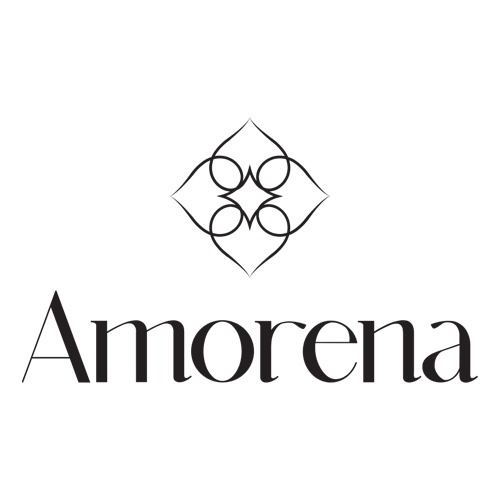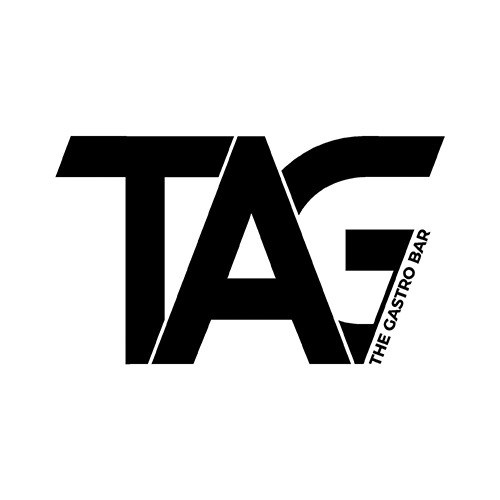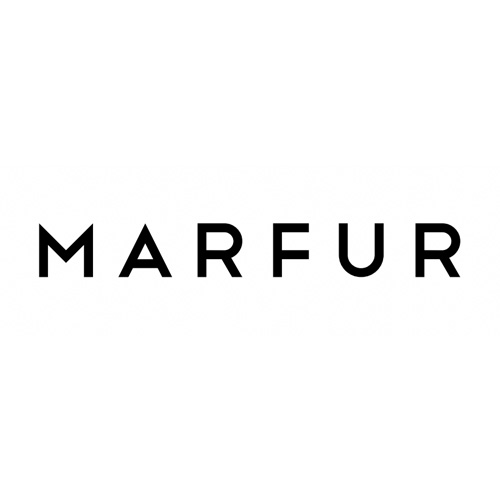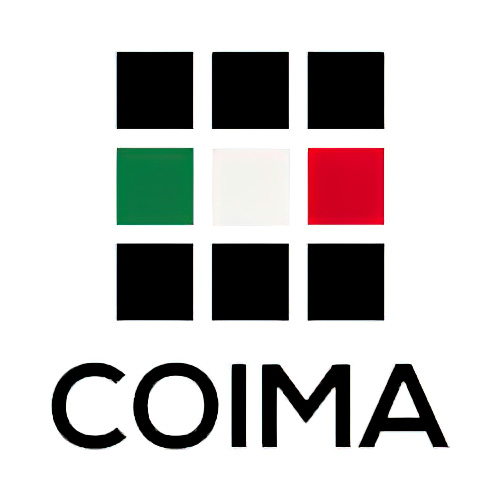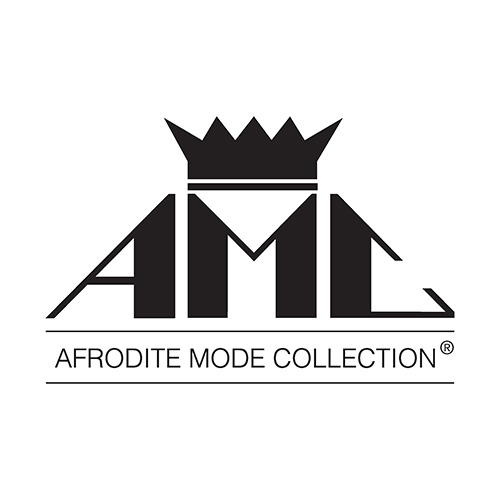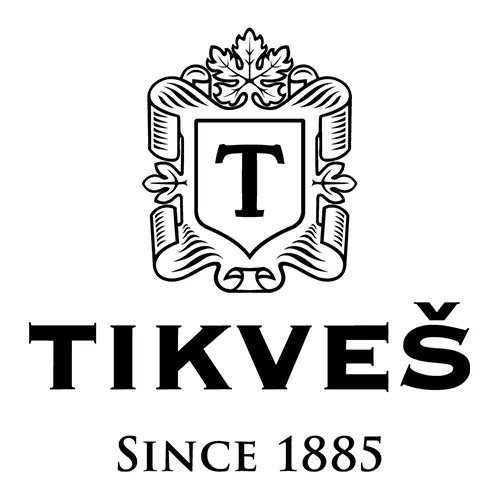Google Ads is an online advertising platform that allows the creation of advertisements to deliver products or services offered to a target audience. This advertising platform works on a cost per click (PPC) basis. This means that the user has to pay every time a visitor clicks on the ad.
Google Ads enables users to acquire more customers by showing them advertisements where they can find the right and comparable information, and in the case of advertising in the domestic or foreign market, it ensures that they reach their target audience at the right time.
Google Ads, formerly known as AdWords, ensures that ads are on top. As a result of the keywords listed, ads may also appear on the right side or at the bottom of the search results page.
In order for ads to appear in this way, the company must allocate a budget for this work, planning the title, text and URL. Ads can be shown in any country or region. At the same time, through this advertising platform, the ad can become more specific, by choosing factors such as target audience, age and gender.
By choosing the right keywords, creating optimized ads and linking them to specific and relevant landing pages and clicks, it is ensured that the product or service receives the promotional strategy necessary for successful sales.
Content
- 1 What are different types of Google Ads
- 2 What types of targeting exist on the Google ads platform?
- 3 How to create Google campaign
- 4 How to create an ad group
- 5 How to create an ad?
- 6 How to research keywords for the most popular type of Google advertising – Search ads
- 7 What is the price of Google ads and what is it based on?
- 8 Conclusion
What are different types of Google Ads
Search network ads include text ads that appear on the Search Engine Result Page (SERP). When a user enters a search term into the Google search engine, in most cases the first thing they see on the search results page will be Search ads.
Multimedia and video ads are becoming more popular day by day. In display ads, the advertising message must be conveyed to the other party with clear language and design, and this type of ad, thanks to its visual display, has become the model of advertising with the highest investment because it provides performance-oriented results and raises brand awareness.
Search ads – displayed in search results
Ads on the Google Search network are based on keywords. When any user enters the product or service they are looking for into the search engine, if the search results are relevant to the keywords, the user will be shown an ad.
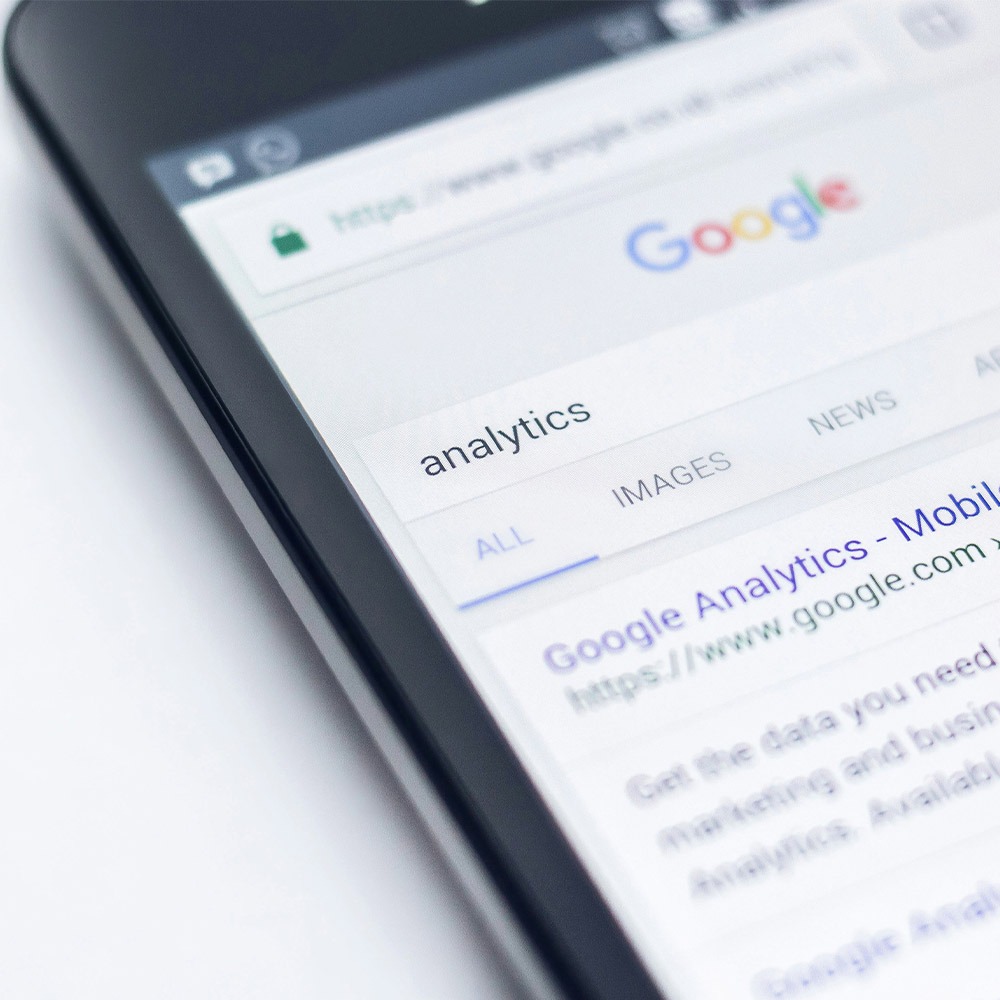
This advertising model, also known as search advertising, is one of the most popular online advertising channels. Likewise, it’s very effective in presenting products or services to the target audience. For example, when a user has a problem with the electrical installation in his home, he can quickly find a solution by searching for the word “electrician Belgrade”.
Search ads are changing the research and decision-making processes of users. For example, when a user is thinking about buying a new TV, he makes a decision by searching for different brands and models on Google and comparing prices on different sites.
Display ads
The multimedia advertising network (Google Display Network, GDN) is an advertising model that enables the publication of ads based on visual content on Google’s contracted websites.
It’s generally a display or multimedia ad that can be presented to users while they are browsing the internet, watching a video, checking their G-mail or using various applications. These types of ads usually appear on websites that are not owned by Google (except YouTube), but are part of its network.
While multimedia (Display) ads are shown to users who are interested in certain content, they also visit a website related to the given products. This type of ad targets new customers as well as users who have visited the site before.
This advertising model has a high conversion rate if used for remarketing purposes. It’s useful for businesses that want to increase brand awareness, as it will increase their current or potential sales through promotion.
In display advertising (GDN) users have the opportunity to reach their target audience on every platform on the internet, while other advertising models target users who enter and search only on Google.
It’s possible to measure the efficiency of the work through the Google Ads panel, where you can clearly see how many costs and benefits this platform brings to a certain website and through which sites. This type of advertising can be in different formats such as banner ads, video ads, interstitial ads.
Video ads – displayed on the YouTube platform
YouTube ads are shown at the beginning of the video, in-stream or in the ad space on the side of the video. Although there are skippable and non-skippable types, most of them are in video format.
Google video ads are ads that run on the Google Video Network. These ads appear on YouTube and other video platforms. Their goal is to attract the attention of users and promote the products and services of the companies that will be advertised.
This type of marketing is an effective tool for advertising companies in reaching their target audience and can be used in many different sectors and purposes. Google video ads can be in different formats and can be created using the creative ideas of advertising companies.
During this process, videos are uploaded to an ad group created in your Google Ads account. This ad group should be created according to the purpose of the ad and should aim to reach the target audience. Videos used on Google video ads may be integrated from YouTube and other video platforms, and may also be personal videos.
Shopping ads
Shopping ads are a type of advertising that allows businesses to reach potential customers by displaying their products in Google search and Google shopping results. It allows users to compare products and buy directly. It consists of visual and informational ads that include product images, prices, and company name. Potential customers can make quick and informed purchasing decisions by viewing products that match their search results.
Digital marketing agencies conduct a comprehensive analysis to understand the intentions and needs of the business. As a result, the most effective strategies and campaign goals are determined. Promoting products with accurate and impressive visuals is important to the success of the shopping experience. Agencies help businesses optimize their product and store pages.
Also creating and managing effective Google Shopping ad campaigns that fit business budgets ensures ads are optimized to capture the attention of target audiences. Regular monitoring and analysis of the performance of Google Shopping ads is recommended. In this way, the effectiveness of campaigns is evaluated and the necessary optimizations are carried out.
In order for Shopping ads to be placed, the user must open a Merchant Center account, then list all their products, and then start advertising. Shopping ads appear at the top of Google searches. When visitors see a product’s price, features, and seller’s website name in one place and have the opportunity to compare it to other products, the purchase rate increases more than other advertising models.
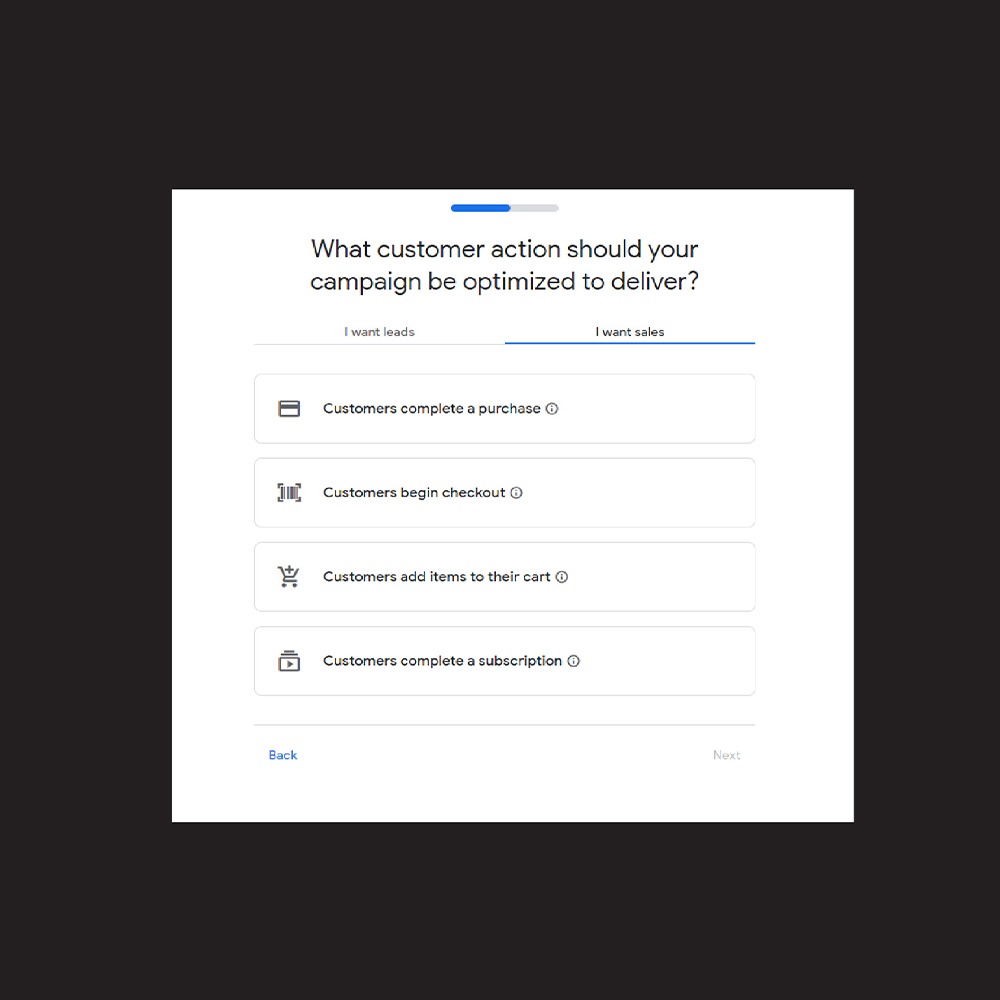
Performance max ads
Maximum Performance Campaign is a next-generation campaign model that allows you to combine Search, YouTube, Display, Gmail, Discover and Maps advertising models with Google Ads features in a single campaign.
Google Ads campaign with maximum performance (maximum conversion value) is an automatic bidding strategy and aims to achieve the highest conversion value with a certain budget. In this campaign type, Google Ads automatically adjusts bids and optimizes ads to achieve the highest possible conversion value.
Performance max campaign uses different ad formats, focusing on conversion value. This strategy analyzes user behavior and trends using Google algorithms and data from advertising campaigns previously published in the Google Ads account, all with the support of artificial intelligence.
Before setting up a campaign for maximum performance, the user is recommended to advertise on his Google Ads account for a period of 2 to 3 months and to carry out advertising activities during that period. Because a maximum performance campaign works with historical ad data, the more ad data a user has, the more effective results he can get. The system uses Google’s automation features, including smart bidding.
Google Ads also offers the opportunity to invest more precisely where new customers have conversion opportunities, regardless of channel. With maximum performance, advertisers can access their entire inventory from a single campaign and optimize their budgets and bids across all Google ad properties.
What types of targeting exist on the Google ads platform?
Google Ads targeting refers to the process of selecting certain criteria and settings in order for users’ ads and campaigns to reach their target audience. It allows advertisers to define to whom they will show ads based on various factors such as demographics, interests, keywords, location.
The purpose of Google Ads targeting is to ensure that ads are shown to the right people, at the right time and in the right places. By targeting specific audience segments, advertisers can increase the relevance and effectiveness of their ads, resulting in better engagement, higher click-through rates (CTR) and increased conversions.
This strategy offers a wide variety of targeting options via the Search and the Google Display Network. Advertisers can maximize the impact of their Google Ads campaigns by strategically using the mentioned options. In order to optimize their campaigns for better results, it’s important to constantly analyze and refine their targeting settings based on performance data.
Keywords are the basic building block of Google search network targeting. They increase sales and brand awareness by showing an ad to a user who is interested in a service provided by a particular business. Also, the target audience can be adapted to the language in the ads.
Scheduling when ads will be active allows the user to control when ads are shown to users. He can specify specific days of the week or specific times of the day when he wants them to be displayed. This option allows him to optimize the visibility of ads based on when his target audience is most active or most likely to interact with ads.
Device targeting also allows you to determine which types of devices ads are displayed on (computer, mobile device, tablet or even a TV screen).
Keyword targeting
The Google Ads keyword planner is a tool offered as part of the Google Ads advertising platform that allows advertisers to conduct keyword research and discover potential keywords and ad groups for their advertising campaigns.
This tool is especially essential for those developing SEO (Search Engine Optimization) and SEM (Search Engine Marketing) strategies. Users can use this feature to get ideas about specific keywords, products or services. While the planner offers alternative suggestions for these keywords and displays their various metrics such as search volume, competition levels as well as average cost per click.
With this tool, advertisers can see the average monthly search volume for a specific keyword and trends in those searches. This helps in understanding which keywords are popular and how they change over time.
The keyword planner evaluates the level of competition and the average cost per click (CPC) for certain keywords. This information helps advertisers plan their budgets more efficiently and maximize return on investment (ROI).
Users can test different scenarios regarding potential advertising budgets, bidding strategies and see their estimated performance. This function provides the ability to estimate the results in advance. Thanks to this tool, users can increase the effectiveness of their advertising campaigns, optimize advertising costs and generally strengthen their digital marketing strategies.
Focusing your ads on the right keywords helps to reach your target audience more accurately and efficiently. Keyword strategies include various tactics such as choosing competitive keywords, keyword matching options, and using negative keywords.
Competing keywords can have high CPCs. Therefore, it’s important to consider both medium and low competition keywords in order to save the budget.
There are three types of keyword matches in Google ads:
1. Broad match, based on the selected keywords, Google displays an ad for everything it considers relevant.
2. Phrase match, if the keyword is “master Belgrade”, Google will display all ads that contain that phrase.
3. Exact match, Google will only show ads when someone types in the exact keyword/phrase in the search engine.
Negative keywords prevent ads from showing for certain search queries. This allows more efficient use of the advertising budget. When creating keyword strategies, it’s important that the landing pages to which the ads will be directed are appropriate and interesting.
Targeting by location
Google Ads location targeting allows an ad to be displayed in locations that the user selects. In this way, he finds the right customers for his business. For example, it can target countries, areas within a country, locations within a certain radius, groups of locations.

Location targeting is based on various signals, such as user preferences, devices and platform behavior. Since location signals often vary, 100% data accuracy isn’t guaranteed in all cases. The benefits of Google ADS location targeting is that businesses can more precisely define their target audience.
For example, a coffee shop can achieve a higher conversion rate by advertising only in its immediate environment. Also by showing their ads only in certain regions, businesses can use their advertising budgets more efficiently.
Conversion rates are generally higher when ads are shown to interested and potential customers. If a business doesn’t use location targeting, its ads will be shown across a wide geographic area. This can quickly deplete your advertising budget, reduce conversion rates, and make your ad campaign ineffective overall. Especially for businesses that offer local services, a lack of location targeting means a lost opportunity to reach potential customers.
Demographic targeting
Demographic targeting in Google Ads can significantly increase the success of ad campaigns. This method allows ads to be presented to the right audience based on age, gender, geographic location, language, and other demographic characteristics.
With this tool, the conversion rate and ad engagement increase, as advertising messages are produced that are attractive and relevant to an engaged audience. For example, if a user knows that a product or service is more popular with a certain age group or in a certain geographic area, demographic targeting helps them create ads specific to that audience. This approach allows more efficient use of the advertising budget and makes the company’s marketing strategy more focused.
In this way, it enables targeting, that is, identification of the target audience based on age, gender, geographic location, and language. Keyword research combined with demographic targeting increases the effectiveness of Google Ads campaigns. Long tail keywords and terms in a niche reflect the search behavior and preferences of the target demographic. This ensures that the ad reaches not only the relevant audience, but also individuals with the specific demographic that the campaign is targeting.
Targeting according to interests
Interest-based targeting in Google Ads allows ads to be matched to specific user interests. This strategy analyzes the previous web browsing, application usage and search habits of relevant users. It provides a more personalized experience than general demographic or location-based targeting, and leads users to respond more positively to ads.
Google Ads interest-based targeting offers a detailed view of user behavior. Information such as the type of content users click on, what topics they search for, and what type of apps they use help pinpoint their interests. For example, ads for kitchen appliances can be offered to users interested in recipes or vacation packages to travelers.
Remarketing targeting
When, for example, a customer plans to buy shoes, he can find the product he wants by using relevant keywords. Even if after viewing an ad, he abandons the purchase, it will somehow still appear when he views different websites or apps. So maybe after the third or fourth ad, the buyer can’t resist, so he clicks on the link and makes the purchase.
In order for the user to benefit from the Google remarketing system, he must first create a Google Ads account, only after that he can log in to Google Ads and click on the Campaigns section to choose the type of remarketing campaign. There he will be presented with an option that offers two separate ads for remarketing: Google display ads and Google search ads. In order for the user to be able to track website visitors, it’s necessary to first add the Google pixel to the website.
The purpose of Google Remarketing ads is to help website visitors move to the next stage, reminding them of their desire to continue interacting with the brand. It’s a powerful system that can be preferred to target a specific audience. One of the great benefits of using retargeting is that it allows a brand to serve ads based on actions it has previously taken.
Behavioral targeting
Understanding user behavior in Google Ads campaigns plays a key role in the success of advertising strategies. User behavior includes the online habits, preferences and interactions of potential customers. This information allows for a good preparation of advertising content, one that is more appropriate and effective for the target audience.
For example, data such as user search queries, pages they visit and time spent help understand keywords and advertising messages that will attract more attention. By analyzing such data on user behavior, Google Ads enables the creation of a customized and personalized advertising campaign for the target audience. This increases the ad interaction rate and conversion potential.
This approach based on user behavior contributes to more efficient use of advertising budgets and business growth. Metrics such as groups of users who viewed ads, click-through rates, and conversion data are critical to measuring campaign effectiveness. This information enables campaign and ad content optimization based on user behavior.
Custom audience targeting
Showing online advertisements to customers who are interested in a particular company’s products is an effective way to ensure a better form of marketing. In this context, selecting the remarketing option for target audience groups that have previously interacted with the brand and are likely to be highly interested in the product will help take a purposeful step.
Google Ads offers a practical opportunity to analyze the identification of users with similar interests. Since good marketing can generate interest in people, reaching out to other users can also generate additional leads.
The target audience represented by people with the right potential for a particular brand can be classified into two main categories: those who are interested and those who need it. Young people may admire the products and be influenced by their popularity, while more mature people, for example, may be attracted by the comfort that the products will bring to them. In this context, taking into account the wishes of this potential audience when marketing a brand or product is crucial. It is important to attract the attention of both audiences.
How to create Google campaign
Thanks to advertising campaigns, website traffic increases, so it can be said that this is a profitable digital advertising strategy. Paid ads are shown to target audiences using Google ad campaigns.

A Google advertising campaign is created in the following way. First, an account is opened through Google Ads. So, after clicking on the icon for a new campaign, its ultimate goal is selected, but there is also an option to create a campaign without an “ultimate goal”. Then the type of campaign is selected, where additional information about the company can be entered, as well as the name of the campaign itself. Next steps are budget and bidding, start and end date, location and language targeting, target audience…
How to create an ad group
An ad group is a subcategory within a Google Ads campaign. For example, it’s possible to create ad groups such as female models of a specific shoe brand and male models of a specific shoe brand within a single brand campaign.
As mentioned, since ad groups are a category below the campaign, in order to create them, we must first create the campaign itself. For the purpose of advertising itself to be successful, it’s necessary to determine the search terms and find the keywords of the target audience. It is desirable to group keywords that are identified in a group with similar concepts.
For example, if it is a shoe store, the keyword organization might look like “running shoes”, “kids shoes”, etc. This will help the ads to be more effective.
How to create an ad?
To advertise on Google, you must first go to ads.google.com and create an advertising account with your email address. At this stage, when you fill in the information fields that appear, you will open your advertising account. With a Google Ads account, you can take advantage of an easy and fast dashboard with tabs for billing, measurement, and bulk transactions.
The most important issue to pay attention to when advertising on the Google Ads search network is undoubtedly the choice of keywords. If you choose the wrong keyword, all your advertising efforts can suddenly disappear and its effectiveness can decrease.
Here’s a step-by-step explanation:
- First, create a Google Ads account for advertising.
- Determine your target audience and then your keywords.
- Configure your campaign settings.
- Write ad copy that will attract your customers.
- Identify ad plugins.
- Place conversion codes on your site.
- Arrange payment.
- Enter your website and other contact information that will appear in the ads.
- Fill out and submit the Google Ads advertising form.
- Your ads will be processed and start running in an average of 1-2 business days.
Within Google advertising, you can optimize your ads according to your business goals, detect potential errors, thereby improve your ad, change negative/target keywords – perform a total ad audit.
The consistency of the content we search on the Google engine and the pages we visit are very important for optimization. A landing page is the first page a user sees when they click on the search results after searching for the content they want. So it should be compatible with the topic he is looking for.
Another important optimization tool is the use of negative keywords. This optimization method allows us to increase the conversion rate of the ads we place on Google by blocking keywords that are incompatible with our content.
When creating ads that we place on Google, we must take care to fill in all the fields correctly and include the keywords that the user is looking for, as well as an accurate description of the content. In this way, we can reach the target audience in a shorter time.
Points to pay attention to in the sections to be filled in:
– URL Phase: Since the user will go directly to the landing page in this phase, we should be careful to add the most relevant URL of the page related to our keyword group.
– Title: We should use the keyword, brand name and sentences that will attract the user to open the content.
– View Path: These are the parts of the path that are next to the actual part of the URL. To increase the click-through rate, when filling out the path sections, we should choose words that contain the keyword and terms that the user is searching for.
– Description parts: In this section we should combine keywords while briefly describing the product and service. It should be compatible with the information the user is looking for and should contain general information about the product/service/content.
Using extensions is an important way to achieve optimization and increase performance, clicks and conversions.
– Sitelink Extensions: We make it easier for the user to find the content they are looking for and increase traffic. Our probability of reaching potential visitors increases.
– Callout Extensions: In this section you should address the aspects that differentiate you from your competitors.
– Call Extension: Adding a search extension when creating our Google advertising campaign is an important way for our potential clients to reach us. Users can find your phone number in this section.
– Location Extensions: Your potential clients can reach your physical address in this section. If your conversion goal is to sell products/services, adding location plugins to your ad campaign makes it easier for your potential customers to reach you.
– App Extensions: Adding your app to Google Extensions and featuring it helps increase your app’s download rates.
When we filter the target audience while creating Google ads, using options such as location, language, device, time zone, they won’t appear to users who don’t fall into the given criteria. This helps us to reduce the cost per click rate and contribute to the increase of ad traffic from our potential users.
Optimizing Google Ads by creating a conversion funnel is also an important strategy for monitoring and improving the performance of advertising campaigns. It allows you to track the step-by-step conversion process that users complete after clicking on your ad.
How to research keywords for the most popular type of Google advertising – Search ads
An ideal keyword has 4 determinants.
1- First you need to determine your maximum monthly advertising budget.
It’s one of the most important points in Google advertising work. The budget you set will have a significant impact on the size and success of your ad.
You should start with the keyword that represents the most accurate search for your product/service or keywords where the competition is relatively low and the business potential is relatively high.
2- Pay attention to the monthly search volume of the keywords
How popular the keyword is. Are people looking for it a lot and in which periods? Based on this data, you can choose to limit or expand keywords within your advertising budget.
3- Find competitive content
Ask yourself questions. Do you have, on average, more original and useful content than the pages of other product and service providers? Will those who interact with your ad find what they’re looking for?
4- Make sure your product or service is compatible with the keyword
What should you pay attention to when choosing more professional keywords?
Use long-tail words, because they are more specific and less competitive than short-tail words. They can also have higher conversion rates because users are asking a more specific search query.
For example, “smartwatch” is a general keyword, while long-tail keywords like “waterproof smartwatch models” or “sporty smartwatch brands for women” express a more specific search intent or need.
Use negative keywords: Negative keywords prevent your ads from appearing on irrelevant searches.
Use keyword match types: Keyword match types control how well your ads match the search terms people are using.
Track your results: When you start running your Google Ads campaigns, be sure to track your results so you can make any necessary adjustments.
What is the price of Google ads and what is it based on?
The prices of Google ads vary depending on the types of campaigns, keywords or the level of competition on which the ad will be placed. Competitors’ bids and quality scores affect the price of ads on a given location. It also depends on the advertising model used, bidding strategy, keyword industry and competition, and desired ranking position.
Conclusion
With this advertising, you have complete control over how much and when you spend, and you can increase or decrease your spending as you see fit. For this reason, the price flexibility of Google Ads is one of its biggest advantages compared to its competitors.



